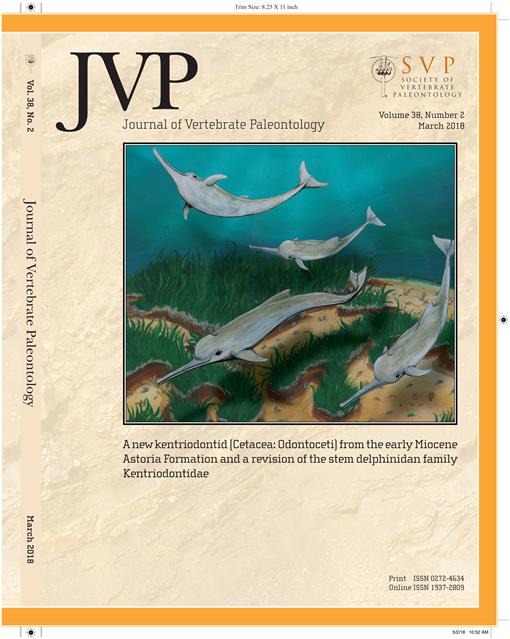Physeteroidea (sperm whales) attained great diversity during the Miocene and early Pliocene, and the phosphatic sands of the U.S. Atlantic Coastal Plain have produced thousands of specimens. Although postcranial and cranial materials are rare, teeth are remarkably common and have the potential to provide valuable insight into the lives of these animals. We examine a suite of Physeteroidea indet. teeth from the Lee Creek Mine to better constrain the life history and ecology of this extinct group. Wear facets indicate that these animals, unlike modern sperm whales, had both maxillary and mandibular teeth, suggesting a raptorial feeding ecology more akin to killer whales. A relationship between tooth diameter and body size established for modern odontocetes suggests that these animals as adults were also about the size of modern killer whales. Because physeteroid teeth grow continuously over ontogeny and are not replaced, counts of accretionary growth layer groups can be used to ascertain the age of an animal at death. Tallies of growth increments from 10 teeth, including some of the largest available, reveal that life spans only rarely exceeded 20 years, significantly shorter than the 65 years typical of modern sperm whales or orcas. Despite their large size, these odontocetes experienced a ‘fast’ life history, more like beluga whales today. We suggest that the rapid growth and short life span exhibited by the Lee Creek physeteroids are, like the modern beluga, evolutionary responses to high predation pressure imposed by large co-occurring predatory taxa, particularly including Carcharocles megalodon or other large macroraptorial physeteorids.
How to translate text using browser tools
1 March 2018
Living Fast and Dying Young: Life History and Ecology of a Neogene Sperm Whale
K. N. Gilbert,
L. C. Ivany,
M. D. Uhen
ACCESS THE FULL ARTICLE





